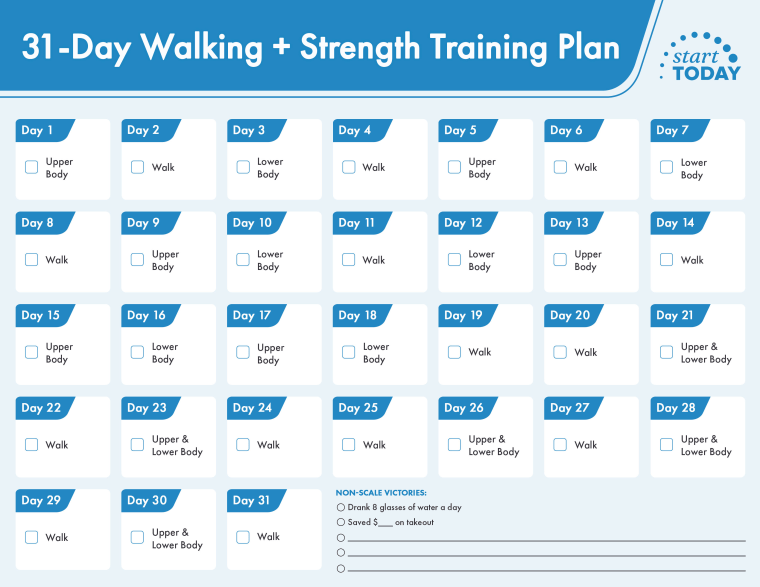When it comes to maintaining a healthy lifestyle, incorporating regular exercise into our routines is essential. However, with so many types of workouts available and different fitness goals to consider, it can be challenging to create a balanced workout schedule that meets our individual needs. As someone who struggled to find the right balance, I want to share some insights and tips on planning a fitness routine that is both personal and informative.
First and foremost, it’s important to define your goals. Are you looking to lose weight, increase muscle strength, improve cardiovascular endurance, or simply enhance your overall well-being? Identifying your primary objective will help determine the types of exercises that should be prioritized in your routine.
Once you have established your goals, consider the activities you genuinely enjoy. Fitness should never feel like a chore. Engaging in exercises that bring you joy and motivation will significantly increase your chances of sticking to your routine in the long run. Whether it’s dancing, hiking, yoga, or weightlifting, choose activities that resonate with your interests and challenge you in a positive way.
Variety is another crucial component of a balanced workout schedule. While it’s beneficial to focus on specific areas of fitness, incorporating various types of exercises will not only prevent boredom but also ensure that your body is being targeted in different ways. For instance, combining cardiovascular exercises like running or cycling with strength training and flexibility activities such as weightlifting or yoga, will give you a more holistic approach to fitness.
It’s important to allocate time for each type of exercise within your workout schedule. For example, aim for at least 150 minutes of moderate-intensity aerobic activity or 75 minutes of vigorous-intensity aerobic activity each week, combined with strength training exercises at least twice a week, targeting all major muscle groups. Additionally, don’t forget to set aside time for warm-ups, cool-downs, and stretching exercises to prevent injuries and promote flexibility.
When planning your fitness routine, don’t underestimate the value of rest and recovery. Pushing yourself too hard without allowing adequate time for your body to heal can lead to burnout or injuries. Listen to your body’s signals and incorporate rest days into your schedule to ensure proper recovery. Active recovery, such as light jogging or gentle yoga, can also be beneficial on these days, as it promotes blood circulation and helps reduce muscle soreness.
Scheduling your workouts can be a helpful strategy to stay organized and committed. Find a time that works best for you, taking into account your energy levels, daily routine, and any potential time constraints. Some people prefer exercising first thing in the morning to start their day on a positive note, while others find working out in the evenings as a way to unwind and release stress. Experiment with different times and find what aligns with your preferences and lifestyle.
Furthermore, enlist the support of a workout buddy or join a fitness community. Having someone to hold you accountable and share your fitness journey can be highly motivating. Whether it’s a friend, a family member, or a group class, the camaraderie and support system can make exercising more enjoyable and keep you on track.
While it’s crucial to have a structured workout routine, don’t be too hard on yourself if you miss a day or deviate from your plan. Life happens, and it’s normal to face obstacles that might prevent you from following your schedule precisely. Instead of viewing it as a failure, adapt and prioritize consistency over perfection. Remember, consistency is key. Even short, improvised workouts are better than doing nothing at all.
Lastly, always take the time to reassess and modify your workout schedule as needed. As your fitness level improves, you might want to increase the intensity, duration, or frequency of certain exercises. Similarly, if you feel stuck or stagnant with your progress, it may be time to change things up and try new activities. Listen to your body, be open to adjustments, and celebrate small victories along the way.
In conclusion, planning a balanced workout schedule requires a blend of personal reflection and informative decision-making. By setting clear goals, choosing enjoyable activities, incorporating variety, scheduling your workouts, allowing for rest and recovery, seeking support, and being adaptable, you will create a fitness routine tailored to your needs and preferences. Remember, consistency and patience are the keys to long-term success. So, get out there, and embark on your fitness journey with passion and determination!
